MURCHISON PRISONER OF WAR CAMP
410-510 WET LANE MURCHISON, GREATER SHEPPARTON CITY
-
Add to tour
You must log in to do that.
-
Share
-
Shortlist place
You must log in to do that.
- Download report



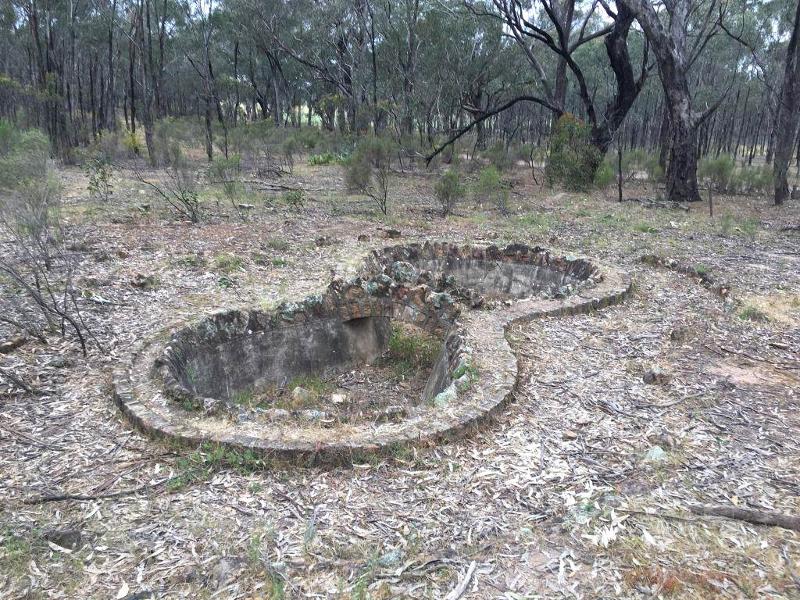
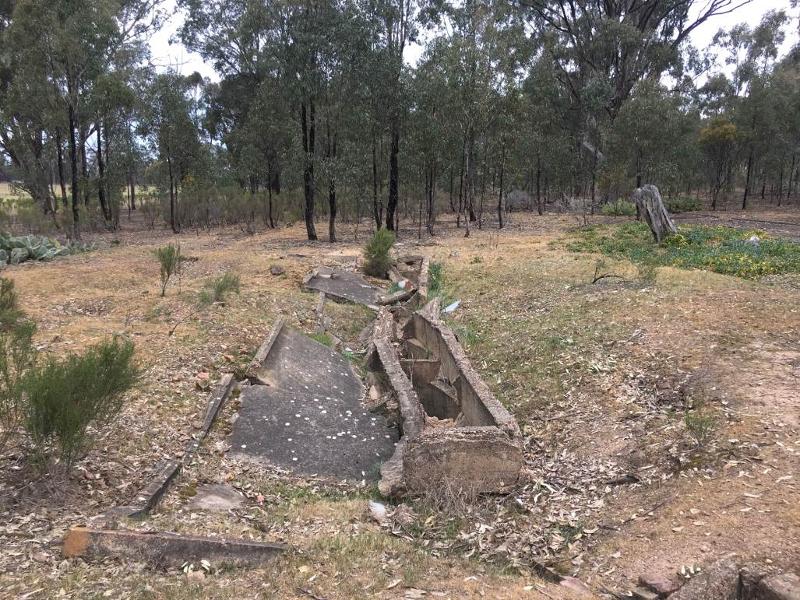

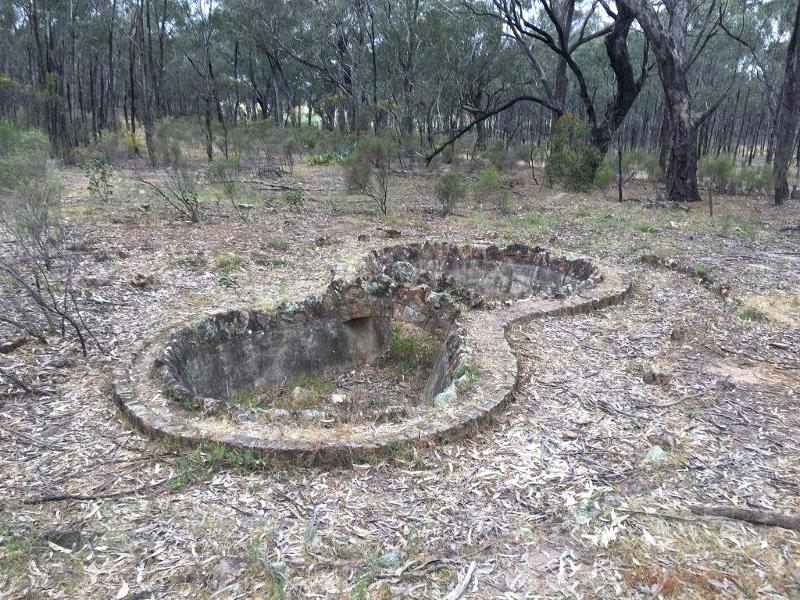


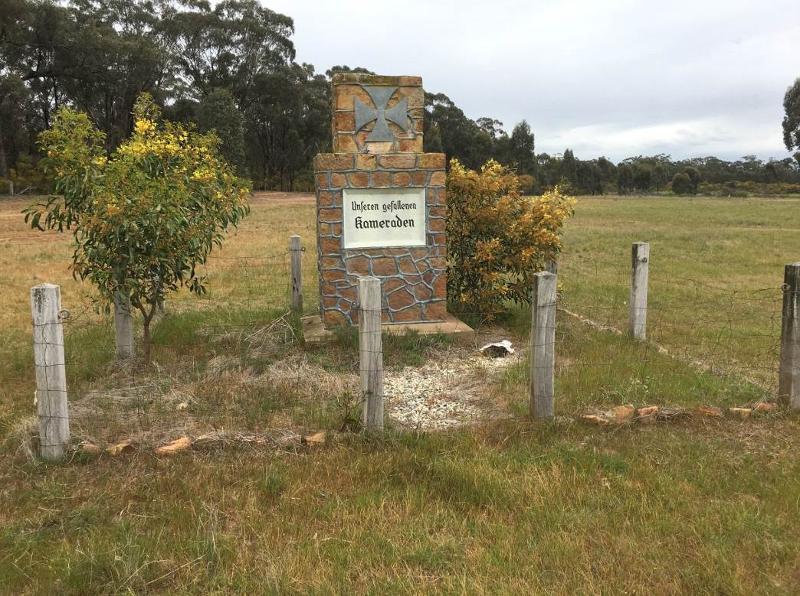
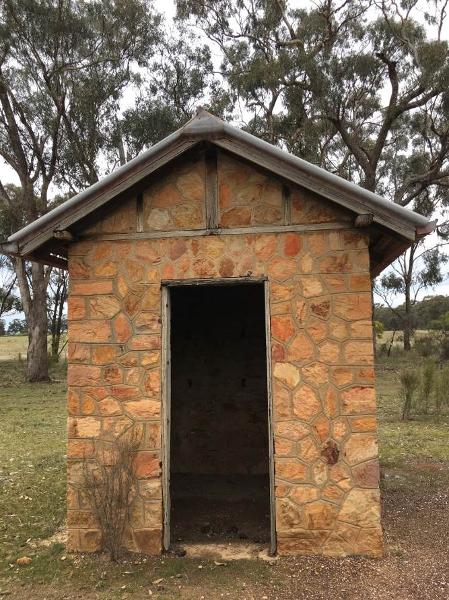
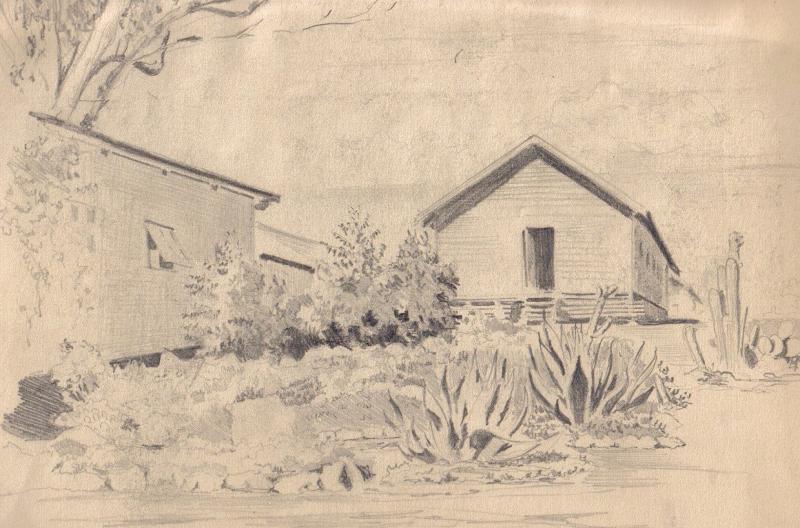
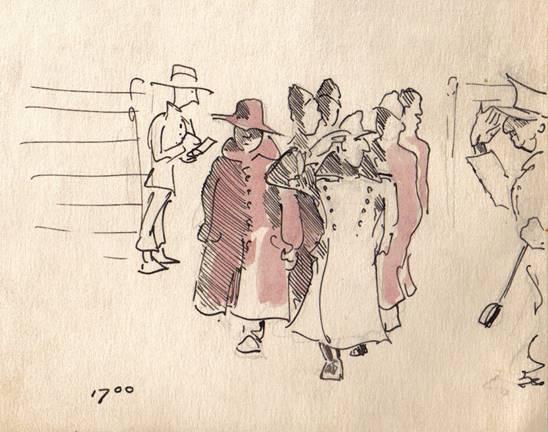
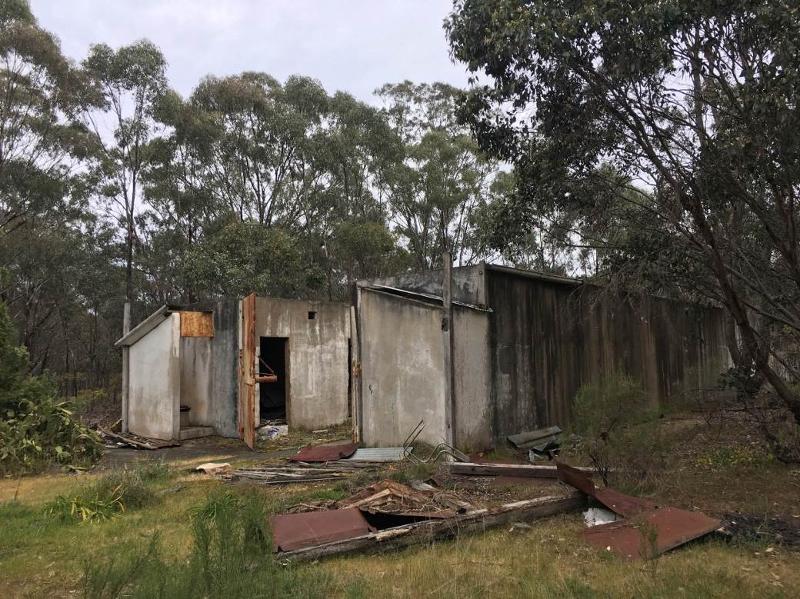


Statement of Significance
What is significant?
How is it significant?
Why is it significant?
-
-
MURCHISON PRISONER OF WAR CAMP - History
Establishment
In May 1941 the Australian Government agreed to accept Prisoners of War (POWs) from Middle East, and in May 1943 approved plans to accept further POWs from India. Over the course of the Second World War a total of 25,720 POWs were detained in Australia, including 18,432 Italian, 1,651 German, 5,637 Japanese. In this time Australian residents and overseas civilians were also detained. A total of 16,798 aliens were interned, of whom 8,921 were Australian residents. The remainder of the internees were held on behalf of other Allied Governments and included Italians, Germans and Japanese civilians.
During the Second World War there were nineteen camps throughout Australia housing POWs and civilian internees. Seven camps were established in North Central Victoria, and of these three housed POWs. Murchison was the largest POW camp in Victoria and Australia and was purpose built.
The Murchison POW Camp was established in 1941 by the Australian Government on pastoral land owned by the Hammond family. The detention of POWs in Australia was governed by the Geneva Conventions, which dictated that ranks were treated on the same basis as Australian garrison troops, and prisoners were provided with access to their national food and supplied equipment for boot making, tailoring, laundering, and haircutting.
The site for the camp was chosen because of its rural location, proximity to water, and access to a branch of the Shepparton railway line from Murchison East. Prisoners arrived by train and were marched from Hammond siding to the camp.
Construction of the camp
Prisoners were held in a twelve-sided complex divided by bisecting roads into four compounds - A, B, C & D. Each compound was encircled by two rows of barbed wire with coiled barb wire between. Elevated guard towers were manned by armed soldiers, with search lights patrolling the perimeter at night. The administration headquarters were situated on the east side of the prison complex and the guards' quarters on the western side. Two cell blocks were situated outside of the Prisoner Compound.
Each prison compound was built to a similar pattern. The wedge-shaped centres contained the amenity buildings - workshops, recreation halls, mess huts, kitchens, canteens, offices, laundries, communal showers and latrines. Prisoner accommodation was located near the outer perimeters of the compounds. The prisoners were initially housed in tents, and later built huts themselves - 20m x 6m timber framed buildings clad with galvanised iron. The camp had three sports fields. After the Cowra outbreak in August 1944, over a hundred Japanese prisoners were transferred to Murchison. In response security was increased and two concrete machine-gun emplacements were built.
The Prisoners at Murchison POW Camp constructed numerous structures and features. Italian prisoners constructed two stone gateway piers and a stone sentry box at the entrance to the administration headquarters. German prisoners constructed two memorials - one in Compound B (an Iron Cross on top of a stone cairn) in memory of battalion commander who fell in action at Tobruk; and the other, a stone cairn with iron cross and eagle, was constructed in Compound C by survivors of the Kormoran. This cairn was later relocated elsewhere in the camp, and was restored in 1995 by the German community.
The Italians erected a memorial (a stone cairn with Fascist cross and eagle) to their fallen comrades in Compound C which was taken down in 1968 and moved to the Italian Ossario (Australia's official Italian war cemetery) at Murchison. Prisoners also constructed garden plots in geometric shapes, ornamental wells, and a figure eight fish pond. When a former German POW visited his compound B in 1987, he found small Eucalypt trees he had planted in straight rows had grown in height to about 10 metres.
Operation of the camp
Behind the wire, the prisoners managed their own affairs. There were numerous escapes, shootings, a drowning, a knife murder, a hanging, bashings, attempted suicides, and an attempted massive Nazi outbreak. The latter incident occurred in mid-1942 and involved nearly 2,000 Nazis who intended to establish a second front in Australia for infiltration and sabotage. The escape failed after the discovery under a store hut of a of a 15ft shaft with a ladder descending to a 240 yards long tunnel lit by electricity.
German officers were transferred to Dhurringile and Italian officers to a new camp (Myrtleford Camp No. 5) built at Whorouly. In 1942, Camp 5 had 589 officer POWs and their orderlies in two compounds - Compound A holding Fascists and Compound B, was for the non-Fascists. Located on freehold land, current aerial photographs show there are still extant building slabs, exotic trees and a circular sewerage treatment plant.
Guarding duties were carried out by men drawn from local Citizen Military Force reservists. An article in the Shepparton Advertiser suggests that at least one Aboriginal man was involved in the guard force. On average, there was one guard to every five or so inmates, working around the clock, on shifts of two hours on and four hours off. The Australian authorities also placed great emphasis on rehabilitation rather than suppression. Prisoners were to encourage working parties, sports, hobbies and gardening in camps.
At the Murchison Camp, prisoners grew vegetables for their own and their guards' meals on irrigated land. The Geneva Convention prohibited the employment of prisoners in works associated with military operations or of a hazardous nature. Accordingly, prisoners were employed in forestry work, food production and the maintenance of transport infrastructure. A logging camp employing 250 Italian POWs, known as Camp No. 6, was established at nearby Graytown. In late 1943, Italy surrendered and joined the Allies. In March 1944, Italian POWs were fingerprinted before being released from camps throughout Australia for rural employment on farms, orchards and rice growing areas. Italian POWs worked over a large area of Victoria. Prisoners were driven to work on farms and returned to transit camps at night. They were given a midday meal and paid 1/3d per day. Many returned after the war and became naturalised citizens.
Winding up of the Camp
Germany surrendered on 7th May 1945 and Japan on 2nd September 1945. Japanese POWs were the first to leave in early 1946. On 21 January 1947, a shuttle service of trains to and from Hammond Siding took away 2,400 POWs and internees, mostly German, to board the Orantes leaving Port Melbourne for Germany. The German Afrika Corps Memorial in Compound B was demolished by the German POWs in 1947 when they were leaving the camp.
The camp was re-used to house contractors working on the Cattanach Canal. After this use, all the huts, mess halls and hospitals were moved way to be used in surrounding towns as dance halls, homes, sheds. The land was sold, returned to farm land, and today is subdivided into four blocks, with three different owners.
War Cemeteries for POWs
The importance of the area to Australia's war history is demonstrated through the creation of two of the nation's three foreign war cemeteries. The Italian War Cemetery (or Ossario) is at Murchison. Italian prisoners who died in Camp 13 now lie in the Murchison Ossario. Camp deaths include Italian prisoner No. 47037, Capitano Antonio Colletti and Carmelo Caraccioli. The Italian memorial erected in POW Compound C moved to the Ossario in 1969. Its rebuilding was done with changes - the original Fascist Cross was replaced with a map of Italy and the Fascist Eagle with a more neutral ornament.
The German War cemetery (VHR H2347) is located at Tatura. German prisoners who died in Camp 13 were initially buried in the Murchison cemetery, but later the burials were relocated to the Tatura German War Cemetery. Deaths at Camp 13 included Obergefreiter Tobias Tschurtschenthaler who was shot by a guard, and two suicides Obergefreiter Adolf Heintz and Feldwebel Johannes Haubold.
Key references:
Joyce Hammond, Walls of Wire Tatura, Rushworth, Murchison, 1990
David Mitchelhill-Green, POW Camp No. 13 at Murchison
Arthur Knee, Notes prepared for a Heritage Council inspection
MURCHISON PRISONER OF WAR CAMP - Plaque Citation
Built in 1941, the Murchison POW Camp was the largest POW camp in Australia during the Second World War. It is historically and archaeologically significant as a place which provides insight into the experiences of the over 3,000 prisoners who were detained here.
MURCHISON PRISONER OF WAR CAMP - Assessment Against Criteria
Criterion
The Murchison POW Camp is of historical and archaeological significance to the State of Victoria. It satisfies the following criterion for inclusion in the Victorian Heritage Register
Criterion A
Importance to the course, or pattern, of Victoria's cultural history.
Criterion B
Possession of uncommon, rare or endangered aspects of Victoria's cultural history.
Criterion C
Potential to yield information that will contribute to an understanding of Victoria's cultural history.
MURCHISON PRISONER OF WAR CAMP - Permit Exemptions
General Exemptions:General exemptions apply to all places and objects included in the Victorian Heritage Register (VHR). General exemptions have been designed to allow everyday activities, maintenance and changes to your property, which don’t harm its cultural heritage significance, to proceed without the need to obtain approvals under the Heritage Act 2017.Places of worship: In some circumstances, you can alter a place of worship to accommodate religious practices without a permit, but you must notify the Executive Director of Heritage Victoria before you start the works or activities at least 20 business days before the works or activities are to commence.Subdivision/consolidation: Permit exemptions exist for some subdivisions and consolidations. If the subdivision or consolidation is in accordance with a planning permit granted under Part 4 of the Planning and Environment Act 1987 and the application for the planning permit was referred to the Executive Director of Heritage Victoria as a determining referral authority, a permit is not required.Specific exemptions may also apply to your registered place or object. If applicable, these are listed below. Specific exemptions are tailored to the conservation and management needs of an individual registered place or object and set out works and activities that are exempt from the requirements of a permit. Specific exemptions prevail if they conflict with general exemptions. Find out more about heritage permit exemptions here.Specific Exemptions:Permit ExemptionsMURCHISON PRISONER OF WAR CAMP - Permit Exemption Policy
Preamble
The purpose of the Permit Policy is to assist when considering or making decisions regarding works to a registered place. It is recommended that any proposed works be discussed with an officer of Heritage Victoria prior to making a permit application. Discussing proposed works will assist in answering questions the owner may have and aid any decisions regarding works to the place.
The extent of registration of Murchison POW Camp in the Victorian Heritage Register affects the whole place shown on Diagram 2388 including the land, all buildings (exteriors and interiors), roads, trees, landscape elements and other features.
Under the Heritage Act 2017 a person must not remove or demolish, damage or despoil, develop oralter or excavate, relocate or disturb the position of any part of aregistered place or object without approval. It is acknowledged,however, that alterations and other works may be required to keep placesand objects in good repair and adapt them for use into the future.If a person wishes to undertake works or activities in relation to a registered place or registered object, they must apply to the Executive Director, Heritage Victoria for a permit. The purpose of a permit is to enable appropriate change to a place and to effectively manage adverse impacts on the cultural heritage significance of a place as a consequence of change. If an owner is uncertain whether a heritage permit is required, it is recommended that Heritage Victoria be contacted.
Permits are required for anything which alters the place or object, unless a permit exemption is granted. Permit exemptions usually cover routine maintenance and upkeep issues faced by owners as well as minor works or works to the elements of the place or object that are not significant. They may include appropriate works that are specified in a conservation management plan. Permit exemptions can be granted at the time of registration (under s.38 of the Heritage Act) or after registration (under s.92 of the Heritage Act). It should be noted that the addition of new buildings to the registered place, as well as alterations to the interior and exterior of existing buildings requires a permit, unless a specific permit exemption is granted.
Conservation management plans
It is recommended that a Conservation Management Plan is developed to manage the place in a manner which respects its cultural heritage significance.
Aboriginal cultural heritage
If works are proposed which have the potential to disturb or have an impact on Aboriginal cultural heritage it is necessary to contact Aboriginal Victoria to ascertain any requirements under the Aboriginal Heritage Act 2006. If any Aboriginal cultural heritage is discovered or exposed at any time it is necessary to immediately contact Aboriginal Victoria to ascertain requirements under the Aboriginal Heritage Act 2006.
Other approvals
Please be aware that approval from other authorities (such as local government) may be required to undertake works.
Archaeology
Ground disturbance may affect the archaeological significance of the place and, subject to the exemptions stated in this document, requires a permit.
Cultural heritage significance
Overview of significance
The cultural heritage significance of Murchison POW Camp lies in its use as the primary Prisoner of War facility in Victoria during the Second World War. This is demonstrated in the ruinous above ground structures, archaeological features, deposits, plantings, and other elements in the landscape. The place is also of significance for its subsurface archaeological potential. All of the place is of cultural heritage significance. A permit is required for most works. See Permit Exemptions section for specific permit exempt activities.
PERMIT EXEMPTIONS (UNDER SECTION 38 OF THE HERITAGE ACT)
It should be noted that Permit Exemptions can be granted at the time ofregistration (under s.38 of the Heritage Act). Permit Exemptions canalso be applied for and granted after registration (under s.92 of theHeritage Act).General Condition 1
All exempted alterations are to be planned and carried out in a manner which prevents damage to the fabric of the registered place or object.
General Condition 2
Should it become apparent during further inspection or the carrying out of works that original or previously hidden or inaccessible details of the place or object are revealed which relate to the significance of the place or object, then the exemption covering such works shall cease and Heritage Victoria shall be notified as soon as possible.
General Condition 3
All works should ideally be informed by Conservation Management Plans prepared for the place. The Executive Director is not bound by any Conservation Management Plan, and permits still must be obtained for works suggested in any Conservation Management Plan.
General Condition 4
Nothing in this determination prevents the Heritage Council from amending or rescinding all or any of the permit exemptions.
General Condition 5
Nothing in this determination exempts owners or their agents from the responsibility to seek relevant planning or building permits from the relevant responsible authority, where applicable.
Specific Permit Exemptions
Landscape Exemptions
. The process of landscape maintenance, including mowing, disease and weed control, and maintenance to care for existing plants.
. The removal or pruning of dead or dangerous trees to maintain safety. If the tree is identified as being of primary or contributory cultural heritage significance, the Executive Director must be notified of these works within 21 days of them being undertaken.
Fire suppression activities
. Fire suppression and fire fighting duties provided the works do not involve the removal or destruction of any significant above-ground features or sub-surface archaeological artefacts or deposits.
. Fire suppression activities such as fuel reduction burns, and fire control line construction, provided all significant historical and archaeological features are appropriately identified and protected.
. Fire management authorities should be aware of the location, extent and significance of historical and archaeological places when developing fire suppression and fire fighting strategies. The importance of places listed in the Heritage Register must be considered when strategies for fire suppression and management are being developed.
Signage
. Signage provided the works do not involve the removal or destruction of any significant above-ground structures or sub-surface archaeological artefacts or deposits.
-
-
-
-
-
MURCHISON PRISONER OF WAR CAMP
 Victorian Heritage Register H2388
Victorian Heritage Register H2388
-
1 Jackson Street
 Yarra City
Yarra City -
1 Lightfoot Street
 Yarra City
Yarra City -
1 Longfield Street
 Yarra City
Yarra City
-
-










